What is data mining: A beginner’s guide
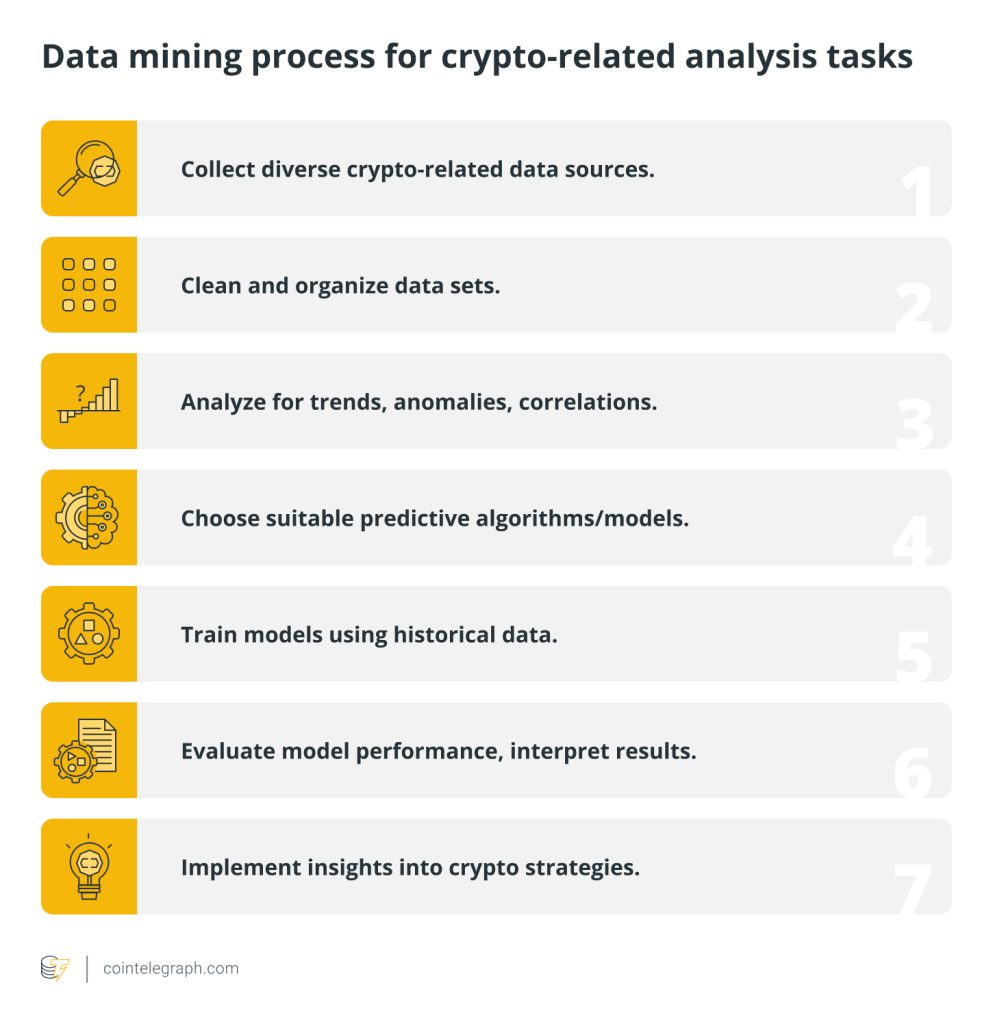

Data mining, explained
Data mining is an analytical process designed to explore and analyze large data sets to discover meaningful patterns, correlations and insights. It involves using sophisticated data analysis tools to uncover previously unknown and valid patterns and relationships in large data sets.
These tools include statistical models, machine learning techniques and data visualization methods. Data mining is not just the act of collecting or processing data. Still, instead, it is focused on extracting useful information that can be used for decision-making, predictive analysis and other applications.
What is the difference between data mining and data science?
Data mining is a critical component of data science, a broader field encompassing various techniques and practices for analyzing and interpreting complex data. While data mining focuses specifically on discovering patterns and relationships in data, data science is concerned with the entire data lifecycle, including gathering, cleaning, analyzing and interpreting data.
Data science integrates various disciplines, including statistics, computer science and information science, to analyze and interpret complex digital data. Data mining, as a part of this, plays a crucial role in the exploratory phase, where the goal is to find meaningful patterns and insights. In this sense, data mining can be viewed as a subset of data science, applying specific methodologies and tools to the extensive data sets that data scientists work with.
Why is data mining important?
Data mining is critical to enhancing decision-making in an era increasingly driven by data. It allows organizations to sift through massive data sets to uncover trends and patterns that inform strategic decisions.
Data mining makes it possible to analyze investor behavior and market trends in the cryptocurrency space, which helps traders make wise trades and forecast price movements. By helping to recognize trends in blockchain transactions and spot possible fraud or anomalies, this procedure improves security protocols in the cryptocurrency space.
How does data mining work?
Data mining is a complex process involving several key steps, each crucial in turning large data sets into actionable insights. The process typically includes the following phases:

Data collection and integration
Data mining begins with the collection of data from various sources. This data can come from databases, files, external sources like the internet, and more.
Often, data from different sources must be integrated into a coherent data set. This phase is critical, as the data’s quality and comprehensiveness directly impact the subsequent steps’ effectiveness.
Data preprocessing
Once data is collected, it needs to be preprocessed. This step involves:
- Cleaning the data: Removing or correcting erroneous or incomplete data
- Normalizing data: Structuring the data in a consistent format
- Transforming data: Converting the data into a format suitable for mining.
Preprocessing is vital, as it improves the quality of data and, thereby, the reliability of the results.
Data exploration and pattern recognition
This step involves exploring and analyzing the data to understand its underlying structures and patterns. Statistical analysis, visualization, exploratory data analysis and pattern recognition are used to understand the data’s characteristics and relationships.
Pattern recognition, in particular, plays a crucial role in identifying regularities and anomalies in the data, which is essential for the predictive aspects of data mining.
Model building and algorithm selection
Here, appropriate data mining algorithms are selected based on the goal of the mining — e.g., classification, regression, clustering, etc. Different algorithms are better suited for different types of tasks and data. The chosen algorithms are then applied to create models.
Training and testing
The model is trained using a subset of the data set. Once the model is trained, it is tested using another subset of data (which was not used in training) to evaluate its performance and accuracy. This step is crucial to ensuring the model works well and provides reliable predictions or insights.
Evaluation and interpretation
In this phase, the results of the data mining process are evaluated and interpreted. This step involves assessing the patterns and knowledge discovered through the mining process and determining their potential usefulness and validity.
Deployment
The final step is the deployment of the data mining solution. The knowledge gained from data mining is applied to make decisions, predict trends, or inform policy. This could involve integrating the data mining process into business operations or using the insights gained for strategic planning.
Key data mining techniques
Data mining encompasses a variety of techniques, each suited to different types of data and objectives. Among these, the most important and commonly used techniques include:
Classification
This technique is used to categorize data into predefined classes. It is particularly useful in applications where the objective is to predict the group or category to which a new data point belongs. Examples include identifying fraudulent blockchain transactions and segmenting crypto investors based on trading behaviors.
Clustering
Clustering involves grouping a set of objects in such a way that objects in the same group are more similar to each other than to those in other groups. It is widely used in market segmentation, image processing and document clustering.
Association rule learning
This technique is used to find interesting relationships (associations and correlations) between variables in large databases. A well-known example is market basket analysis in retail, where it helps in understanding the products that are frequently bought together.
Regression
Regression analysis is used to identify and analyze the relationship between variables. It is particularly valuable in forecasting and trend analysis, where the goal is to predict a numerical value based on inputs.
Anomaly detection
Also known as outlier detection, this technique is used to identify unusual patterns that do not conform to expected behavior. It is crucial in fraud detection, network security and fault detection.
Neural networks
Inspired by the structure and functions of the human brain, neural networks are a set of algorithms, modeled loosely after the human brain, designed to recognize patterns. They interpret sensory data through machine perception, labeling and clustering of raw input.
These techniques are integral to the field of data mining, each with its own specific applications and strengths. They are chosen based on the nature of the data and the particular insights or predictions that are sought from the data mining process.
Data mining tools
Below are some of the commonly used data mining tools:
RapidMiner
An advanced analytics platform, RapidMiner is renowned for its comprehensive environment that covers the entire data mining process, from data preparation to modeling and validation.
Knime
This open-source platform is favored for its user-friendly interface and integration of various data mining and machine learning components.
Python libraries (Pandas, Scikit-learn, TensorFlow)
Python remains a popular choice due to its extensive libraries, making it ideal for custom data mining and machine learning applications.
SAS data mining
SAS is a leader in enterprise-grade data mining solutions and offers sophisticated tools for complex data analysis and predictive modeling.
Tableau
Known for its data visualization capabilities, Tableau also supports data exploration and analysis, making it a valuable tool in the data mining process.
These software tools are critical in the field of data mining, each serving specific needs across various industries. They have been chosen for their widespread use, robustness and the comprehensive range of features they offer, making them essential for effective data mining in today’s data-driven landscape.
Applications of data mining in the blockchain industry
Data mining plays a significant role in the blockchain industry by enabling various applications and functionalities:
Transaction analysis
Through transaction pattern analysis, data mining can spot fraud or other irregularities in the blockchain network. It helps to preserve the security and integrity of transactions.
Market analysis
By examining blockchain data, one can gain knowledge about investor attitudes, trading patterns and market trends, helping stakeholders make rational decisions.
Smart contract optimization
By examining historical contract performance and identifying potential weak points or areas for improvement, data mining can be used to optimize the execution of smart contracts.
Tokenomics and crypto economics
Data mining aids in understanding token behaviors, circulation patterns and economic models within blockchain ecosystems, facilitating the design of more robust and efficient token economies.
Blockchain security
By anticipating possible attack vectors or vulnerabilities, it helps identify flaws or vulnerabilities in blockchain networks and improves security measures.
Identity verification
By examining trends and user activity on the blockchain, data mining techniques can aid in identity verification and enhance authentication procedures.
DApp improvement
Enhancing and optimizing decentralized applications (DApps) to improve the user experience is made possible by examining usage trends and feedback data from these applications on the blockchain.
Benefits of data mining in various industries
Data mining is vital for enhancing efficiency and decision-making in various sectors. In the cryptocurrency industry, it is instrumental for market analysis and investor segmentation, aiding crypto businesses in understanding investor behaviors and market trends. This profound insight is critical for developing tailored investment strategies and optimizing market positioning in a fast-paced and evolving digital currency landscape.
Similarly, in healthcare, data mining significantly impacts disease prediction, diagnostics and personalized treatment plans by identifying patterns in patient data. This leads to improved patient care and management.
In the financial and banking sectors, data mining is crucial for risk assessment, fraud detection and customer data management, which enhances security and customer service. Retailers leverage data mining for inventory control, demand forecasting and customer loyalty programs, improving customer experiences and increasing sales.
E-commerce platforms use data mining to personalize customer experiences, optimize product recommendations, and analyze trends in customer behavior, thereby refining their marketing strategies and enhancing the online shopping experience. Each of these sectors demonstrates the versatile and impactful nature of data mining in adapting to and capitalizing on large data sets for strategic benefits.
Challenges of data mining
Data mining encounters challenges stemming from data quality, volume and complexity. There are many obstacles to overcome, including managing incomplete or unstructured data, maintaining accuracy in the face of enormous data sets and managing privacy issues.
In blockchain and crypto, data mining faces additional complexities due to its decentralized nature, necessitating novel approaches for analysis. Key issues include handling massive amounts of transactional data, ensuring consensus accuracy in a distributed ledger and striking a balance between user anonymity and openness.
Moreover, evolving regulatory landscapes and the need to adapt mining algorithms to cope with scaling issues further underscore the intricate challenges inherent in data mining within the blockchain and crypto realms.
Written by Tayyub Yaqoob

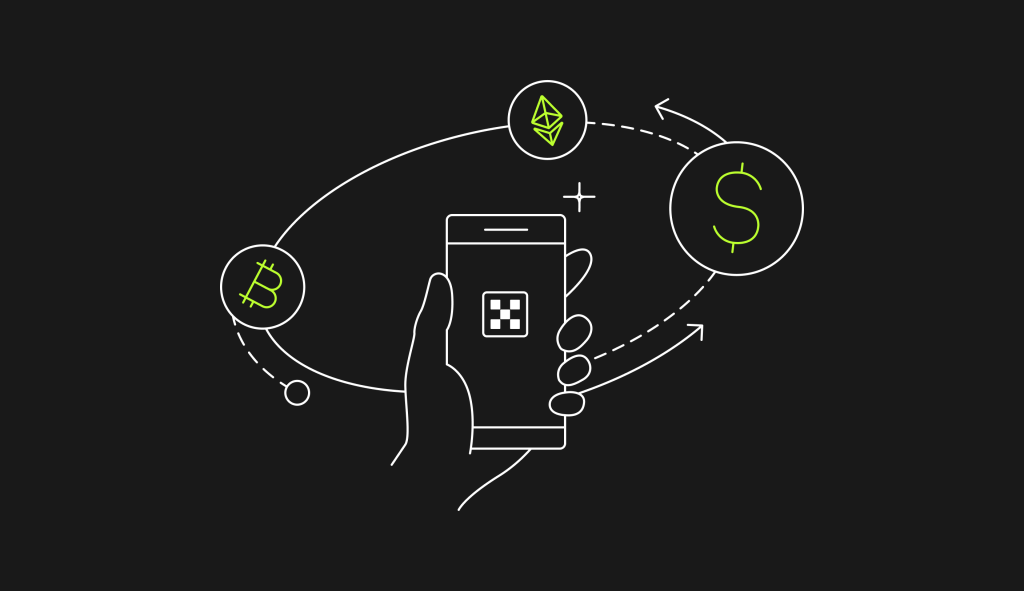

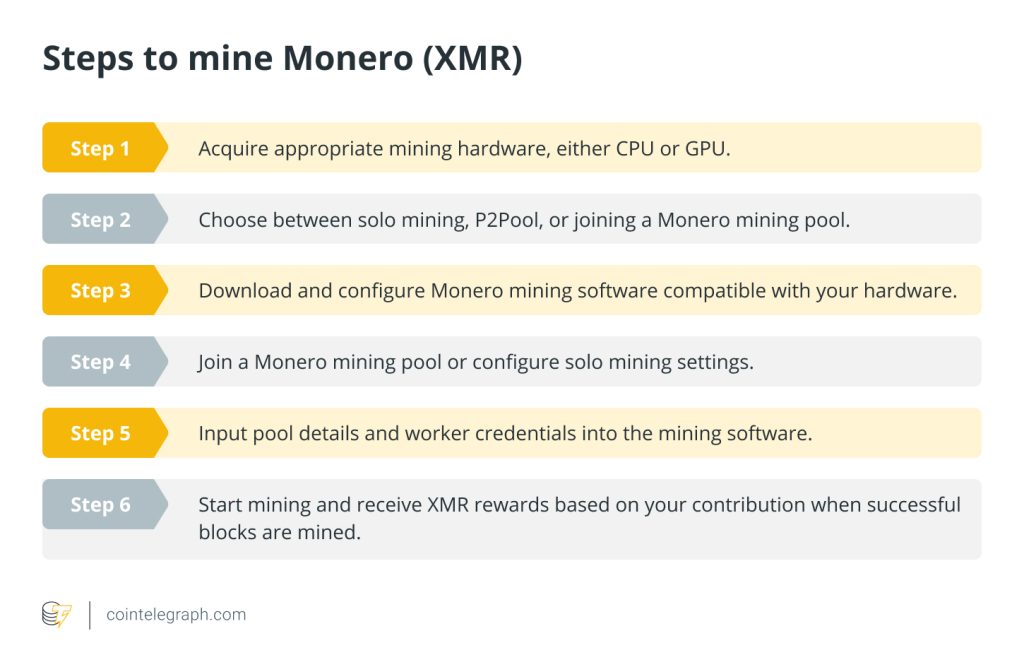
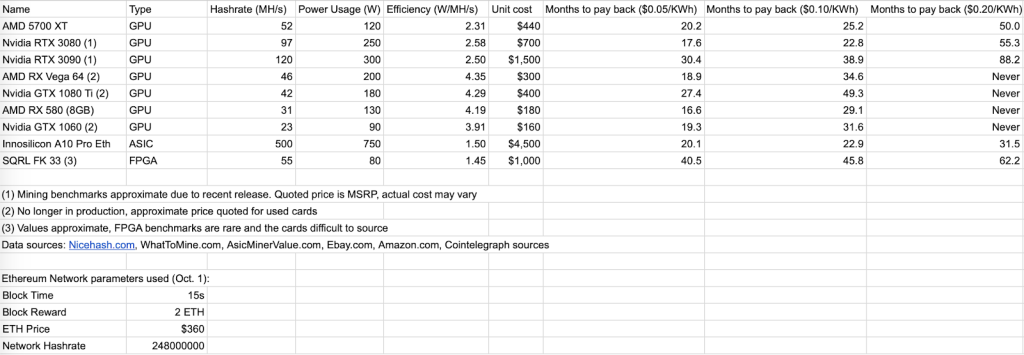
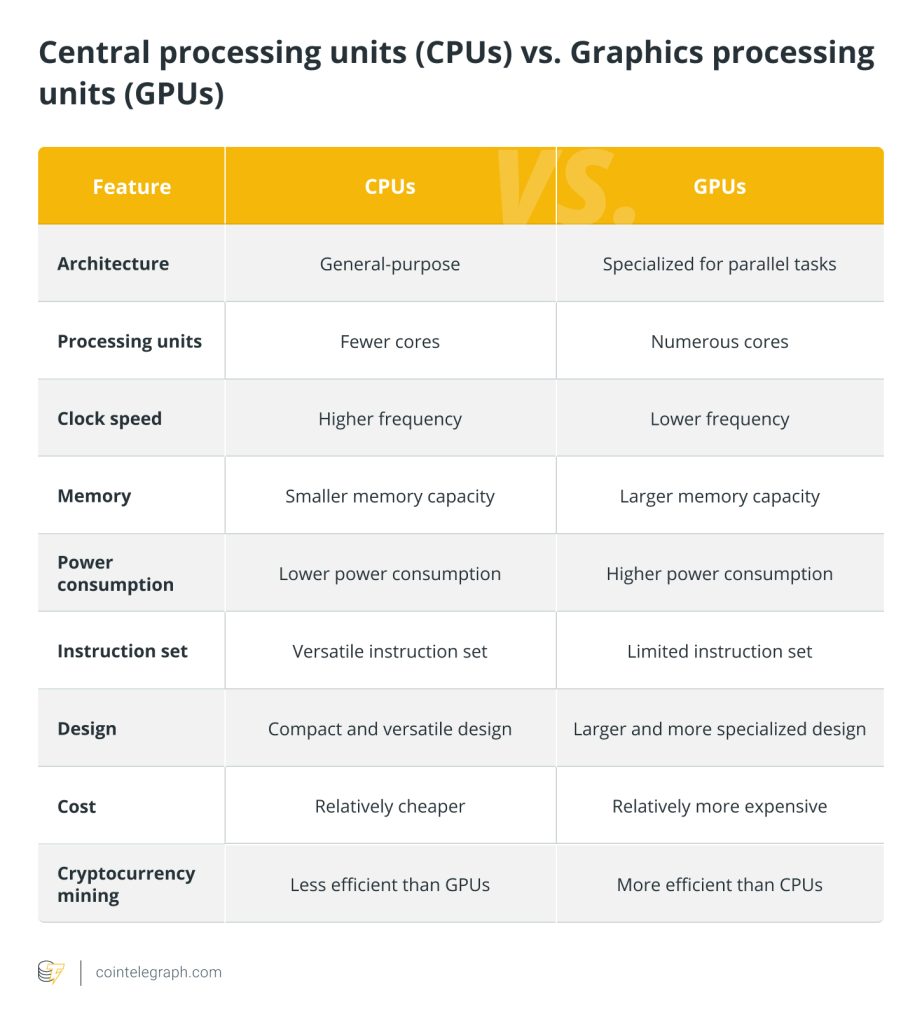
… [Trackback]
[…] Find More on that Topic: x.superex.com/academys/beginner/1937/ […]
… [Trackback]
[…] There you can find 78721 additional Info on that Topic: x.superex.com/academys/beginner/1937/ […]
… [Trackback]
[…] Find More on that Topic: x.superex.com/academys/beginner/1937/ […]
… [Trackback]
[…] Read More Info here on that Topic: x.superex.com/academys/beginner/1937/ […]
… [Trackback]
[…] Find More Information here to that Topic: x.superex.com/academys/beginner/1937/ […]
… [Trackback]
[…] Read More to that Topic: x.superex.com/academys/beginner/1937/ […]
… [Trackback]
[…] Find More on on that Topic: x.superex.com/academys/beginner/1937/ […]
… [Trackback]
[…] Find More to that Topic: x.superex.com/academys/beginner/1937/ […]
… [Trackback]
[…] Here you can find 8043 more Information to that Topic: x.superex.com/academys/beginner/1937/ […]
… [Trackback]
[…] Find More Information here on that Topic: x.superex.com/academys/beginner/1937/ […]
… [Trackback]
[…] Read More to that Topic: x.superex.com/academys/beginner/1937/ […]
… [Trackback]
[…] Read More on on that Topic: x.superex.com/academys/beginner/1937/ […]
… [Trackback]
[…] Read More here on that Topic: x.superex.com/academys/beginner/1937/ […]
… [Trackback]
[…] Find More on that Topic: x.superex.com/academys/beginner/1937/ […]
… [Trackback]
[…] Read More on to that Topic: x.superex.com/academys/beginner/1937/ […]
… [Trackback]
[…] Here you will find 46861 additional Information to that Topic: x.superex.com/academys/beginner/1937/ […]
… [Trackback]
[…] There you can find 68035 additional Information on that Topic: x.superex.com/academys/beginner/1937/ […]
… [Trackback]
[…] Find More on to that Topic: x.superex.com/academys/beginner/1937/ […]